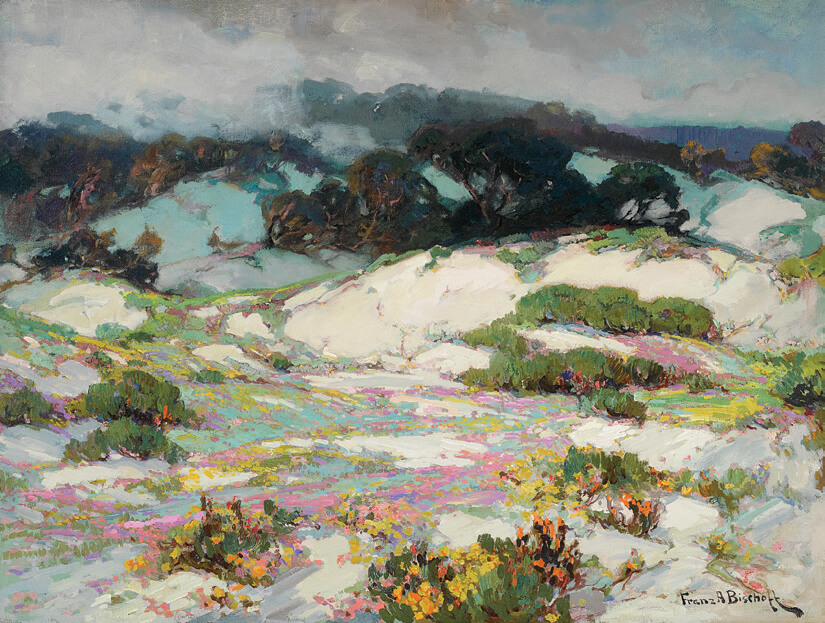
12 May Editor’s Note: Creative Recordkeepers
A unique aspect of art is how the work of one person can become something universally understood and shared. A single painting, like the Mona Lisa, is studied and loved by generations. A building, like the Colosseum or the Guggenheim Museum, represents a historical period or design philosophy. A newspaper photograph typifies a global conflict or triumphant occasion. And prehistoric cave paintings express the first inscriptions of symbolic thought and the desire for people to document their existence.
Art speaks on behalf of both the individual and their collective culture, and one of its greatest gifts is its ability to record and tell these stories.
In this issue of Western Art & Architecture, and every issue for that matter, we spotlight the stories of creative individuals who helped establish the genre of Western art and those who continue to expand its definition. Take artist Grant Redden, for example (“A Love of the Western Way,” pg. 112). His story begins as a self-taught painter who was eventually inducted into the Cowboy Artists of America. His expertise comes from his experiences: He understands how to capture an image of a horse’s hooves thundering across the open range because he’s galloped across Wyoming’s landscapes. And the artist’s dedication to technique stems from the passion he feels for representing this way of life.
In this issue, we also see how tradition has spurred innovation. We discover the story of when Eanger Irving Couse and Joseph Henry Sharp initiated an American art movement that still influences painters today, including Mark Maggiori, Glenn Dean, Brett Allen Johnson, and Logan Maxwell Hagege, among others. The artistic heritage established by the Taos Society of Artists and its preservation at the Couse-Sharp Historical Site continues to inform and encourage these expressions of Western creativity (“The Taos Legacy,” pg. 124).
We also discover the story behind the work of Scott and Stuart Gentling. These twin brothers from Texas followed the example of the “gentleman naturalists” who came before them, exploring and experiencing their artistic subjects with a near scientific yearning (“Perspective,” pg. 74). And we highlight a Colorado home that overlooks Mount Crested Butte. Aspects of its design reference Mid-century Modern architecture, while also expressing elements of contemporary styling with its bright color palette and relationship to nature (“Mountain Chic,” pg. 118).
What draws us to art is an individual experience. One finds — in the vision of another — a story, landscape, or color that resonates personally and contributes to their understanding of the world. And sometimes these connections become strong enough to define a region’s cultural heritage. I hope you enjoy flipping through these pages and celebrating the creativity that serves as a record of life in the West today.






No Comments